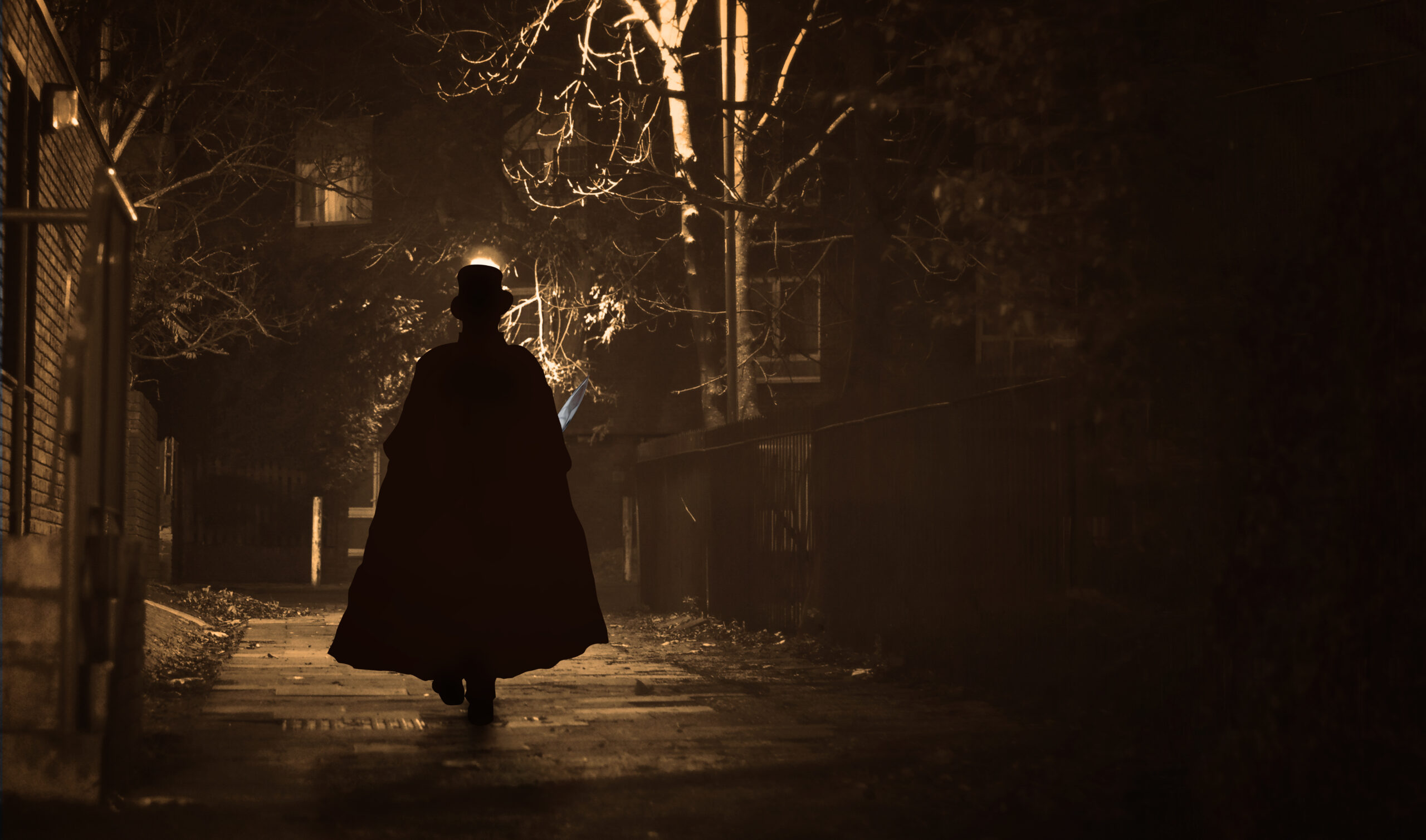
The shadowy figure of Jack the Ripper, the infamous serial killer who stalked the streets of London in the late 19th century, continues to be the subject of speculation and morbid fascination. This chilling tale, born of dark alleyways and grimy corners in the city’s East End, has survived the passage of more than a century, permeating both local lore and international legend.
The reign of Jack the Ripper began in the closing months of 1888 in Whitechapel, a poor and overcrowded district of London. The first of his widely acknowledged victims, Mary Ann Nichols, was found brutally murdered on August 31. The circumstances of her death were gruesome. Nichols had been viciously slashed, her throat cut so deeply that her head was nearly severed from her body.

Just over a week later, Annie Chapman was discovered on Hanbury Street, similarly mutilated. The murders of Elizabeth Stride and Catherine Eddowes followed on September 30. All the victims were female and, predominantly, sex workers – leading many to believe that Jack the Ripper held a personal vendetta against these women.
The modus operandi was consistent. The victims were slashed across the throat and then subjected to further mutilation, often including abdominal disfigurement. The horrifying savagery of the attacks, coupled with the lack of any substantial motive, sparked terror throughout Whitechapel. The murderer struck swiftly, left few clues, and vanished into the labyrinthine streets of London.
The fifth and final universally accepted victim, Mary Jane Kelly, was discovered in her lodging room on November 9. She was the youngest of the victims and her murder was the most brutal, with her body horrifically mutilated almost beyond recognition.
During this period, several letters were sent to the police and the press, purportedly from the killer. Among them, the infamous ‘From Hell’ letter stands out, due to the accompanying delivery of a piece of a human kidney. The most famous letter, however, was signed ‘Jack the Ripper,’ thus coining the name that would go on to become synonymous with these brutal murders.
The identity of Jack the Ripper remains a mystery. Theories abound, implicating figures from royalty to butchers. One prominent suspect was Montague John Druitt, a barrister and teacher with supposed suicidal tendencies. Another was Aaron Kosminski, a Polish barber and a known resident of Whitechapel. However, despite an extensive investigation, no conclusive evidence has ever been produced linking any individual to the crimes.
The impact of the Ripper murders was substantial, shedding light on the dire social conditions in the East End of London and stirring up a media frenzy. Journalists descended upon Whitechapel, their sensational reports feeding the public’s fear and fascination. These cases were among the first to recognise the potential of forensic science, although its application was primitive by modern standards.
The macabre legend of Jack the Ripper has endured, in part, due to the terrifying audacity of the crimes and the mystery surrounding the killer’s identity. Books, films, and even tours explore the sites and stories associated with these crimes, cementing the Ripper’s place in the annals of criminal history.
The chilling tale of Jack the Ripper reminds us that, sometimes, fact can be as strange and horrific as fiction. It serves as a testament to the depths of human depravity and the enduring power of mystery. As the fog settles over the cobbled streets of Whitechapel, the ghost of the Ripper lingers, a phantom in the London fog, never captured, never truly understood, forever casting a long, dark shadow over the annals of true crime.
Save 55% on 90 Popular Attractions.
Get Massive Savings vs Buying Individual Tickets. Just One Low Price! A “Must Have” if Visiting London.